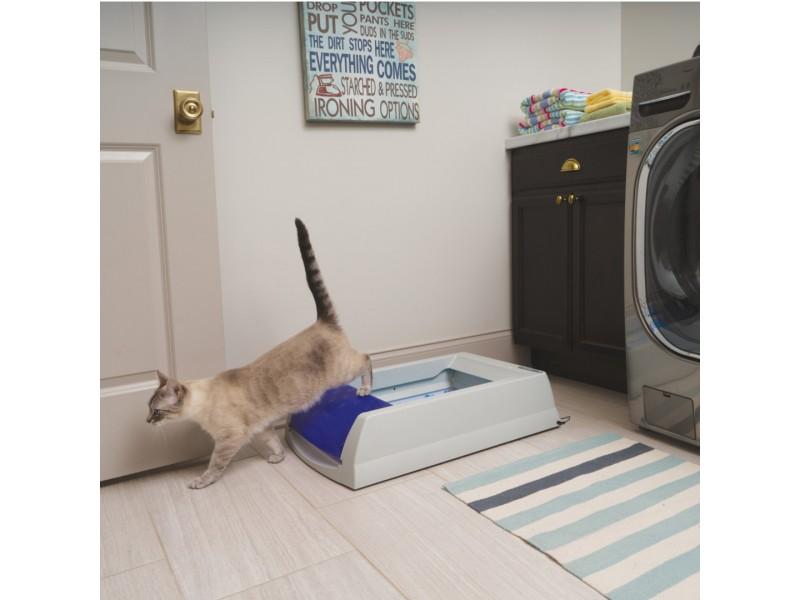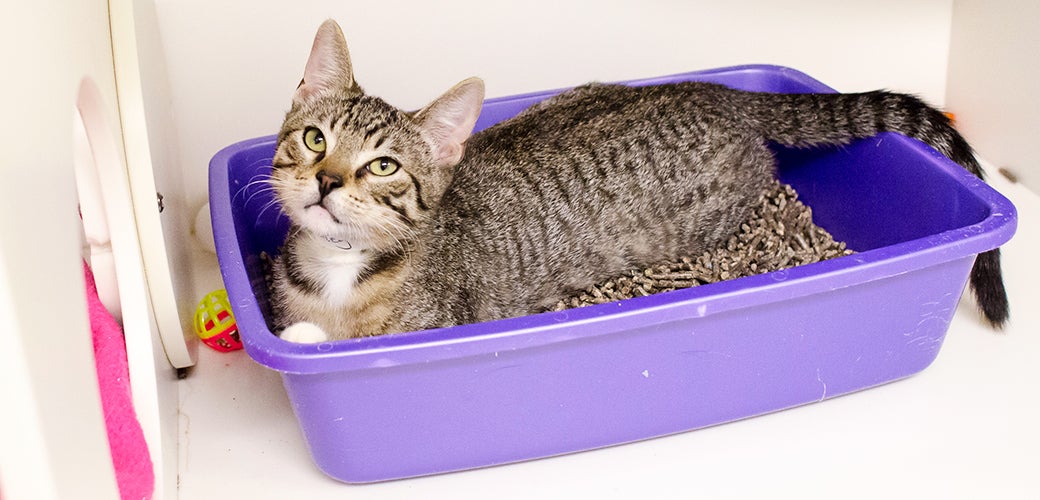Why Does My Cat Fear the Automatic Litter Box? (and How to Fix It)
Keywords: cat litter box fear, self-cleaning litter box safety, cat training tips, smart litter box guidance


1 — Why Cats Fear Automatic Litter Boxes
Automatic litter boxes can make cleaning easier, but some cats avoid them due to noise, motion, or unfamiliar scent. Cats are highly sensitive to environmental changes, and even small differences can trigger avoidance behavior.
Veterinary guidance emphasizes that sudden changes in elimination routines often cause stress. For example, VCA Animal Hospitals notes that cats may develop litter box avoidance if a new box is introduced abruptly.
2 — Common Causes of Litter Box Anxiety
1. Noise and Motion Sensitivity
Self-cleaning litter boxes contain motors and moving parts that can startle cats. PetSafe explains that the unfamiliar mechanical sounds can create fear associations.
2. Unfamiliar Scent or Litter
Cats rely on smell to navigate their environment. Strong fragrances or deodorizing agents can deter use. PetMD recommends using unscented clumping litter similar to what your cat already prefers.

3. Poor Placement
A litter box near busy areas or loud appliances may feel unsafe. ASPCA recommends placing litter boxes in quiet, low-traffic, and easily accessible locations.
4. Negative Past Experience
If a cat was startled during a cleaning cycle, it may associate the box with fear. Gradual reintroduction is necessary to rebuild trust. ClassActCats highlights this as a common behavioral cause of avoidance.
5. Health Issues
Pain or urinary tract problems can make elimination uncomfortable. Always rule out medical causes. As VCA Animal Hospitals notes, avoidance may signal underlying conditions.
3 — Step-by-Step Training Plan
Step 1: Side-by-Side Introduction
Place the automatic litter box next to the old one for a few days. Keep the smart box off initially.
Step 2: Encourage Exploration
Allow the cat to sniff and enter freely. Reward voluntary interaction with treats or praise. Never force the cat inside.

Step 3: Manual Mode First
Clean manually for the first week. Activate automatic cycles only when the cat is away. PetSafe emphasizes gradual exposure reduces stress.
Step 4: Gradual Adjustment
Once comfortable, increase frequency of automatic cleaning while monitoring the cat’s response. Most cats adjust within 1–2 weeks.
4 — Safety Features to Look For
Quiet operation — below 40 dB
Infrared or weight sensors — prevent activation when a cat is inside
Low entry and wide interior — easier for kittens, seniors, and overweight cats
Natural odor control — avoids chemical sprays
Easy manual cleaning — smart does not mean “no maintenance”
According to The Spruce Pets and WIRED, these features help cats feel comfortable while owners enjoy convenience.
5 — When to Consult a Veterinarian
Avoidance persisting beyond 2–3 weeks, or sudden changes in elimination behavior, should prompt a vet visit. Common medical causes include:
Urinary tract infections
Kidney problems
Arthritis or pain
VCA Animal Hospitals recommends early medical evaluation to prevent stress and complications.

6 — FAQs
Q1: How long does adaptation take?
1–2 weeks with gradual introduction; some cats may need up to a month.
Q2: Are automatic boxes safe for kittens and seniors?
Yes, with low entry and reliable sensors.
Q3: Can automatic boxes hide health problems?
They reduce inspection, so owners should still monitor litter and behavior.
